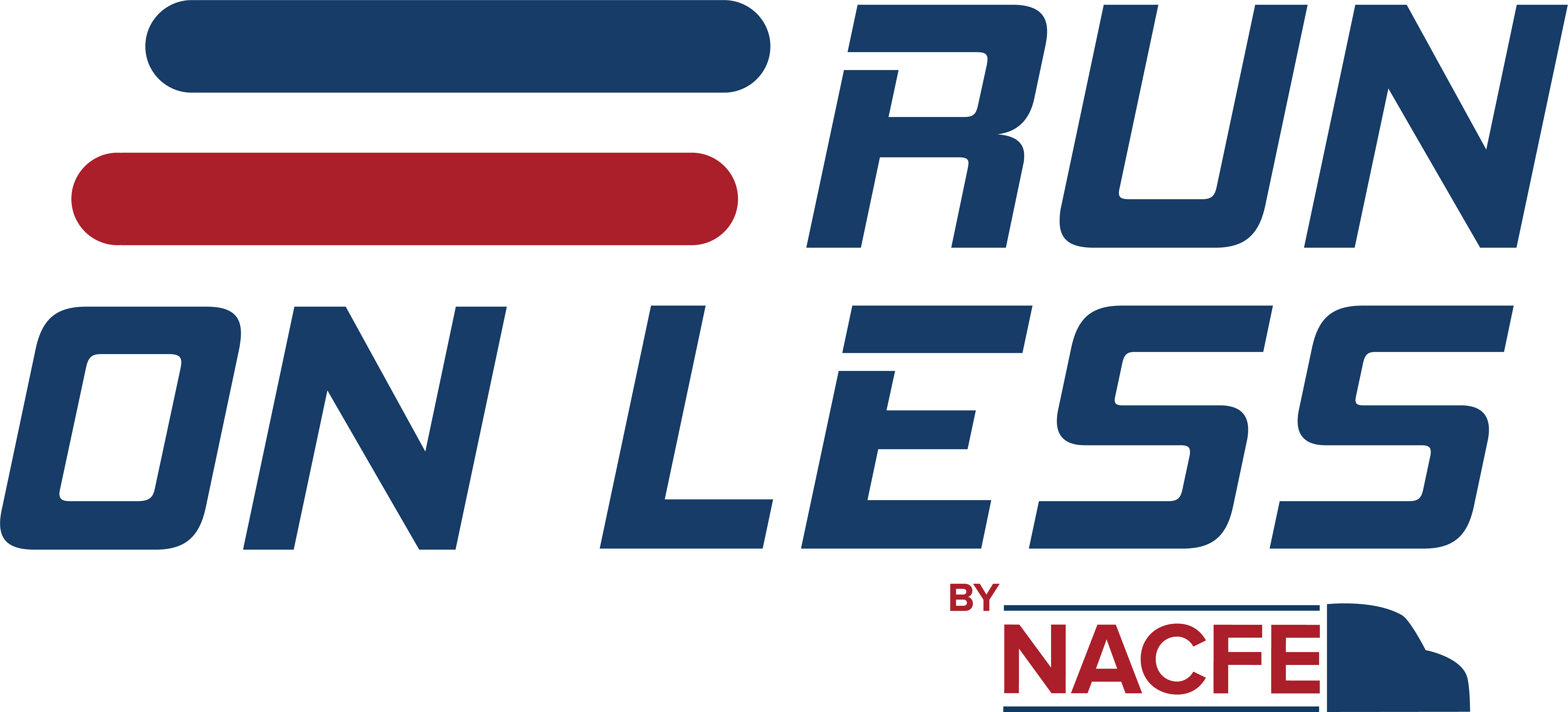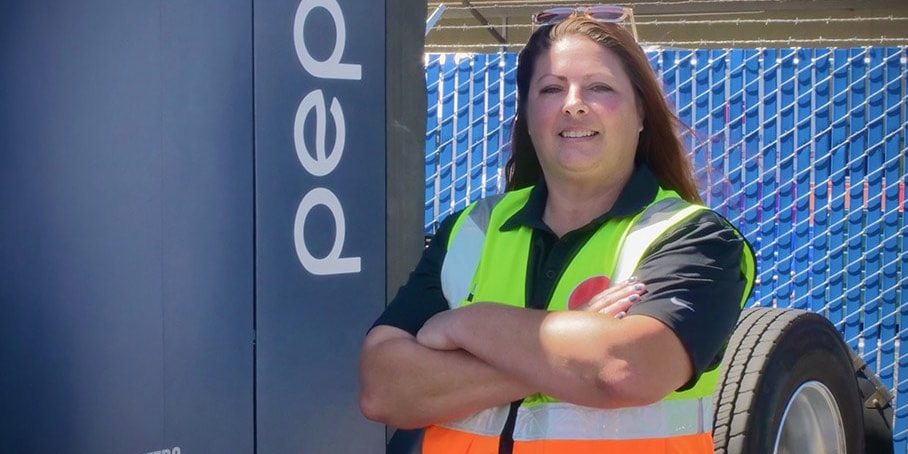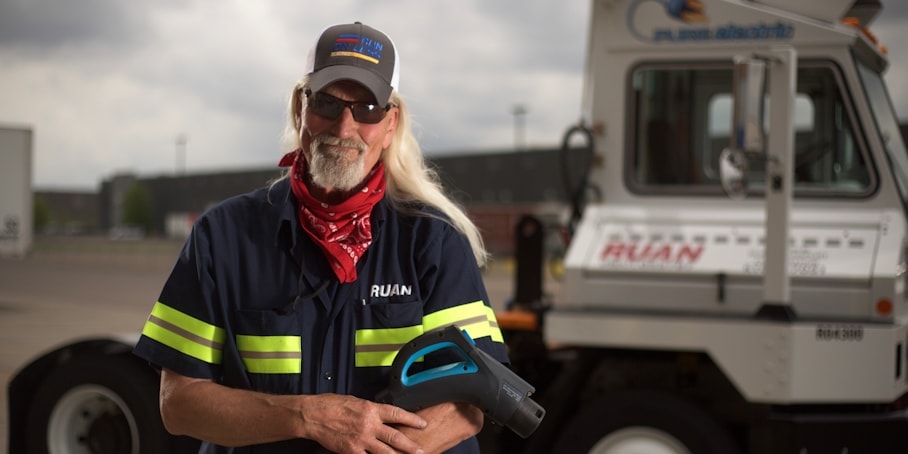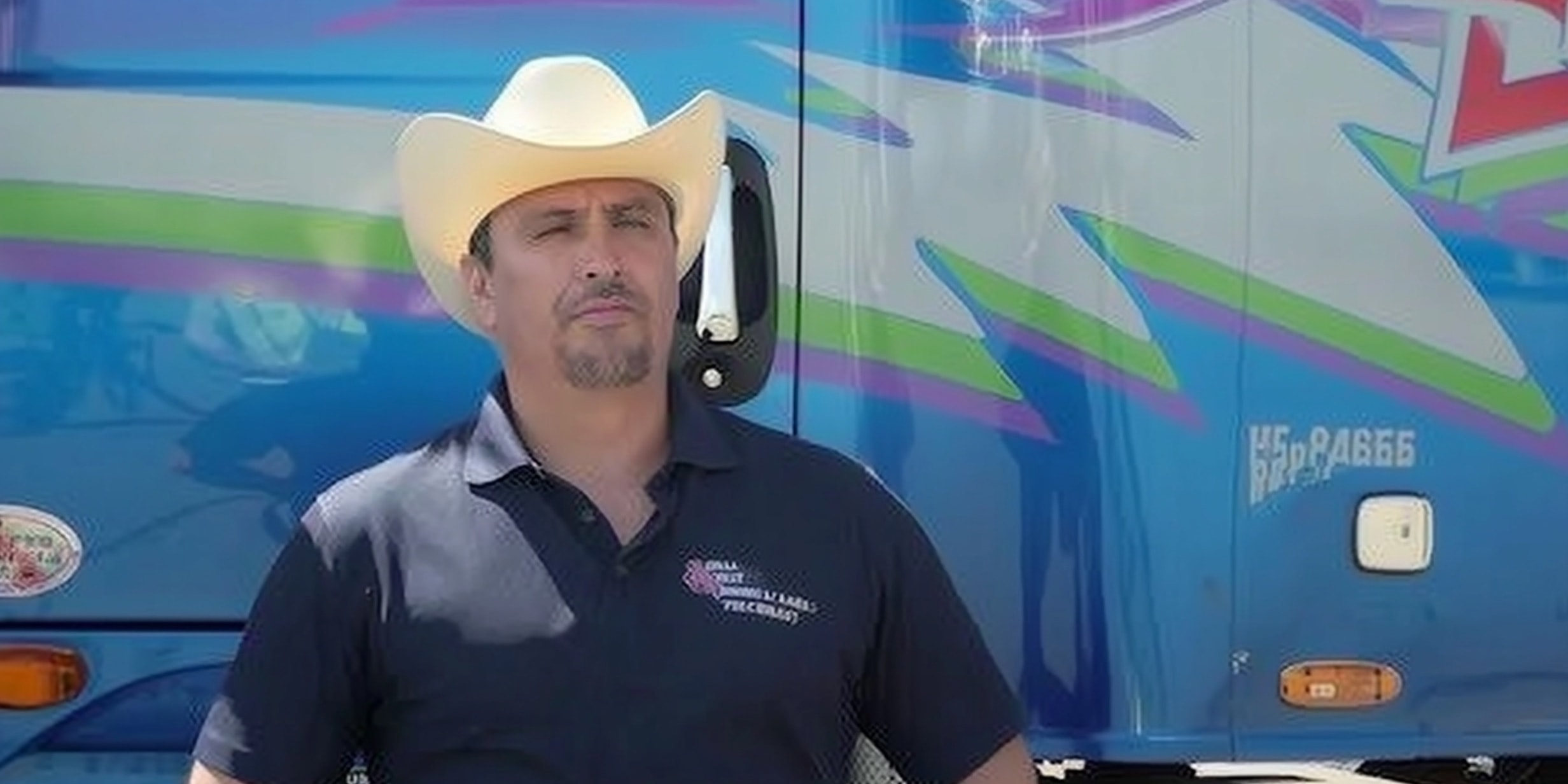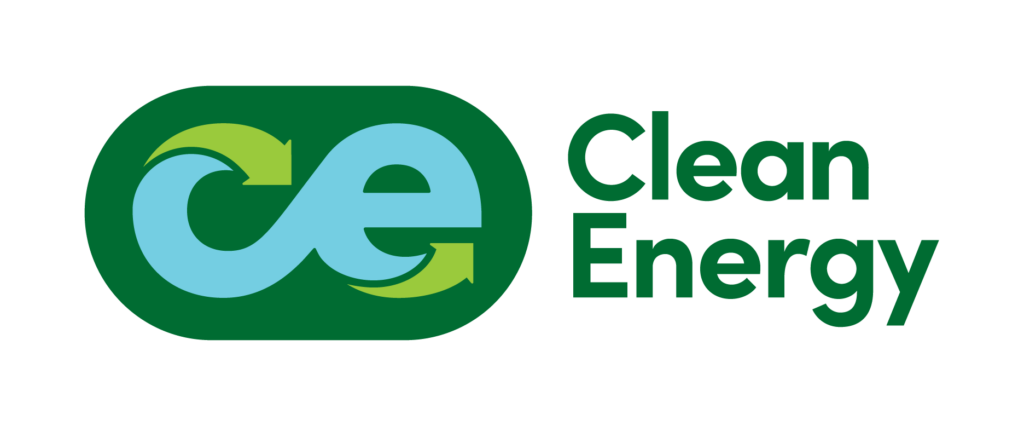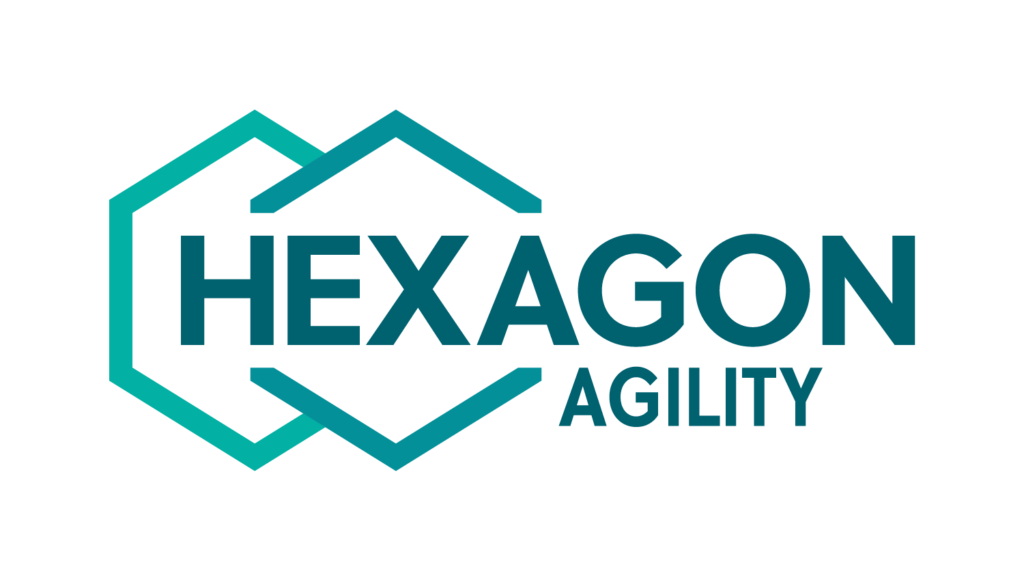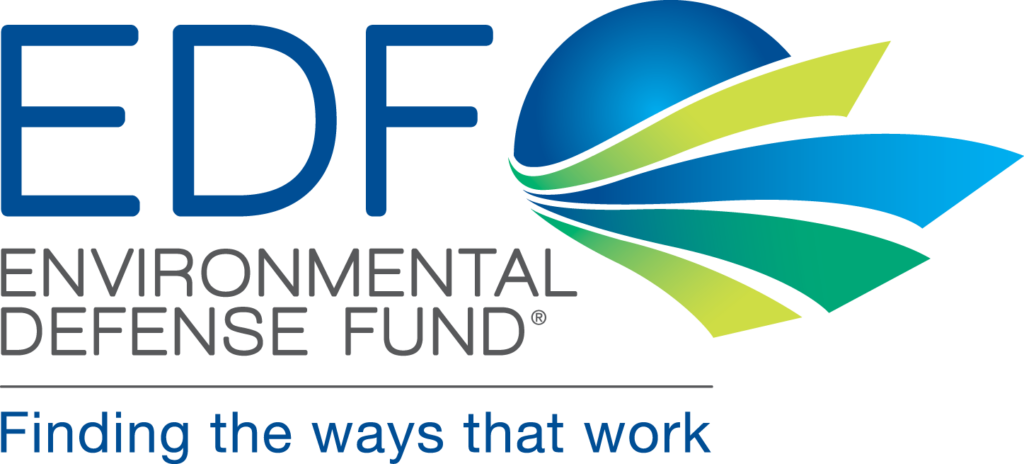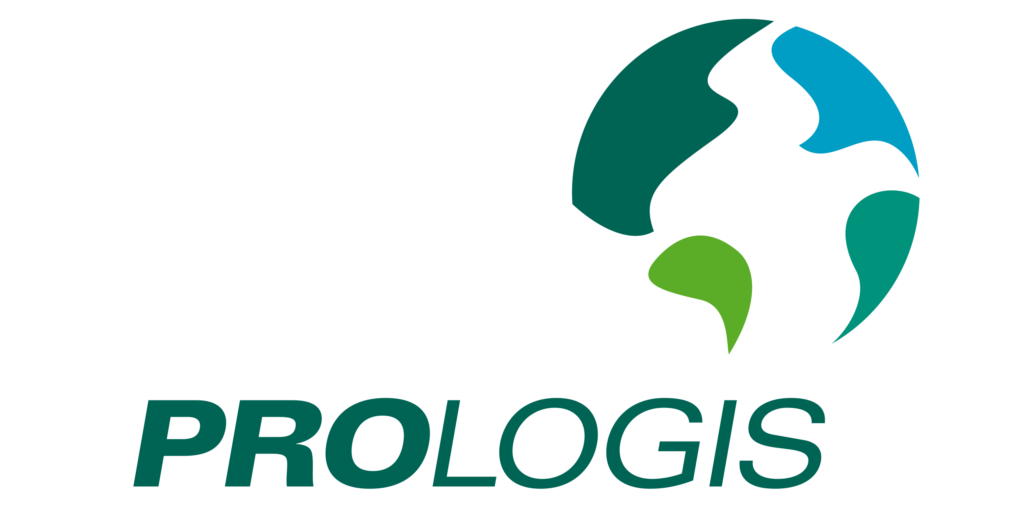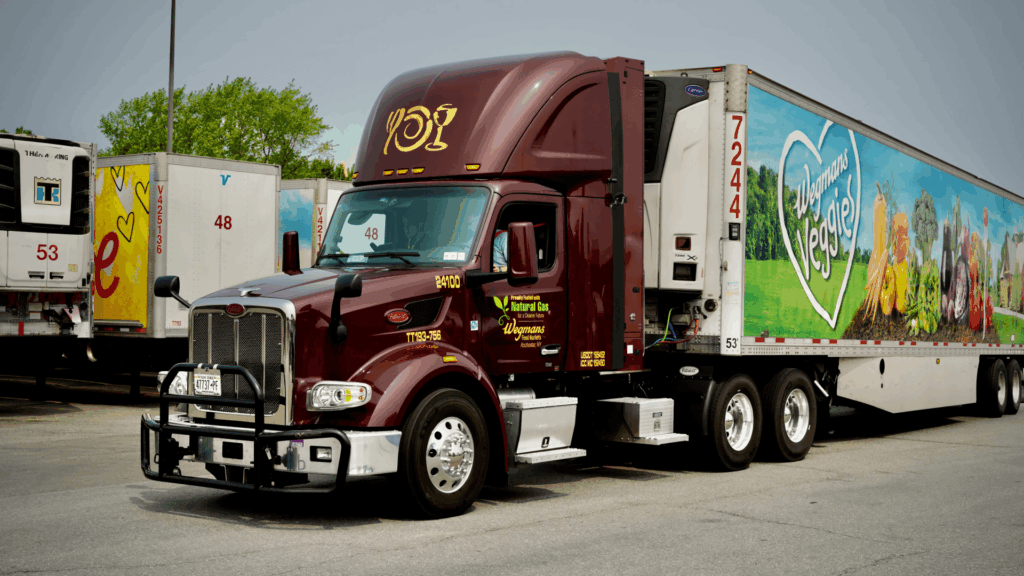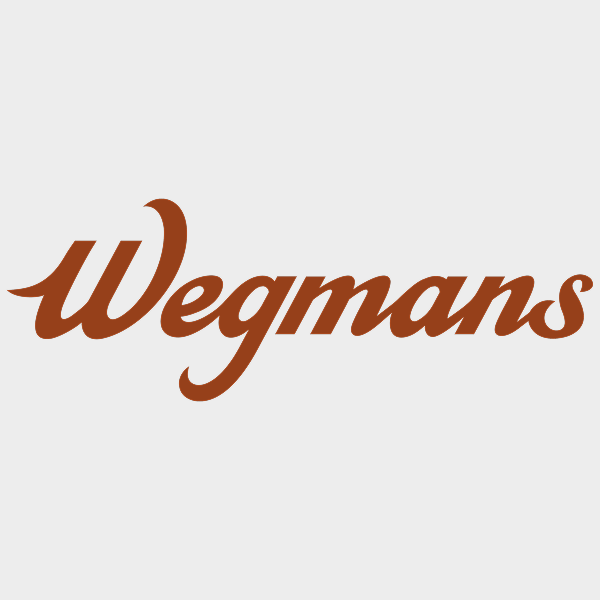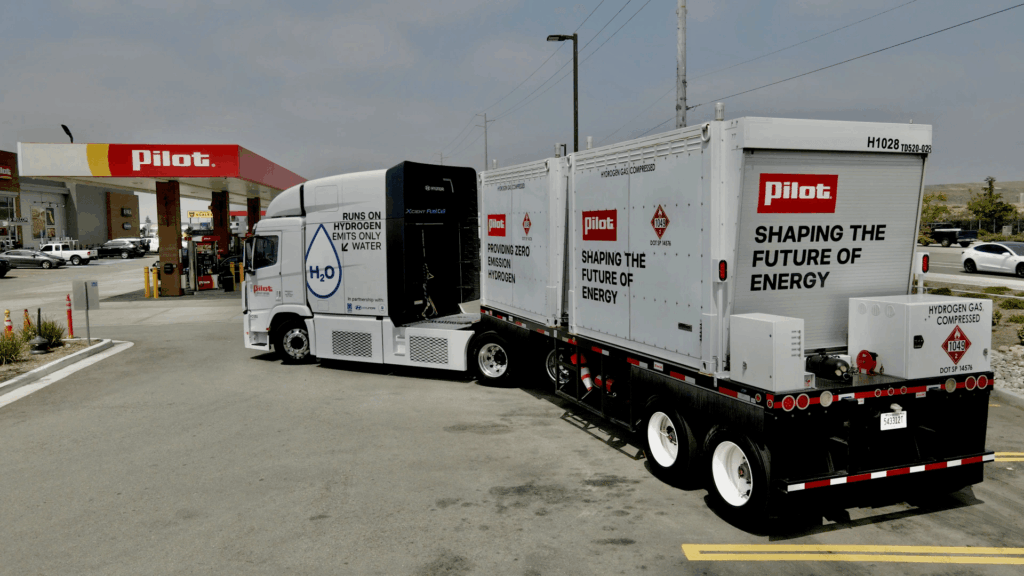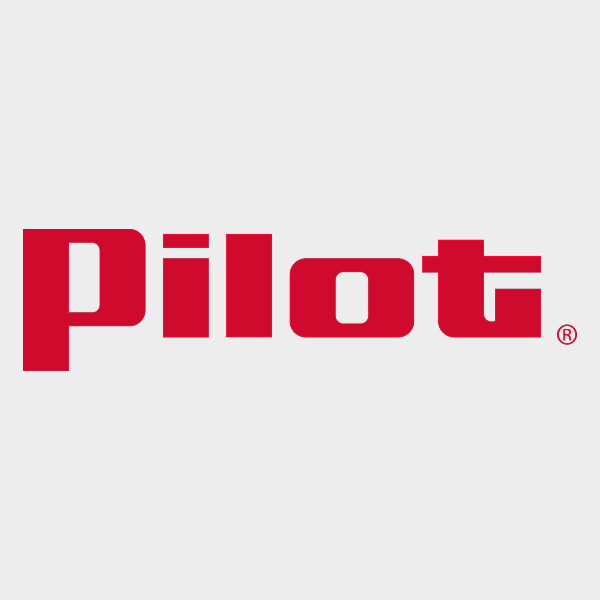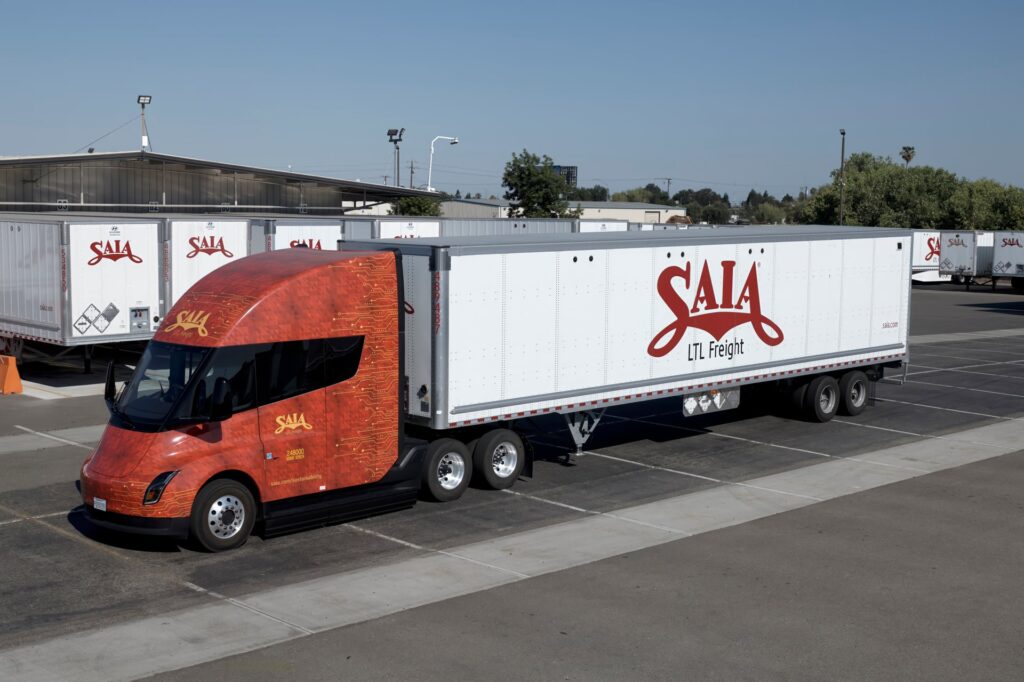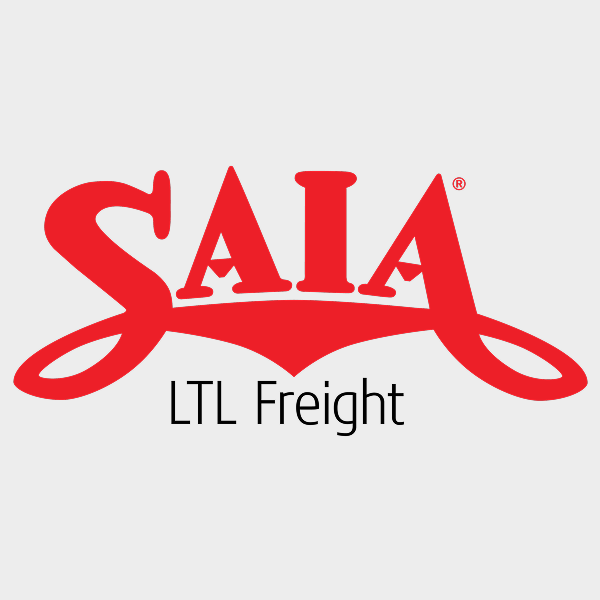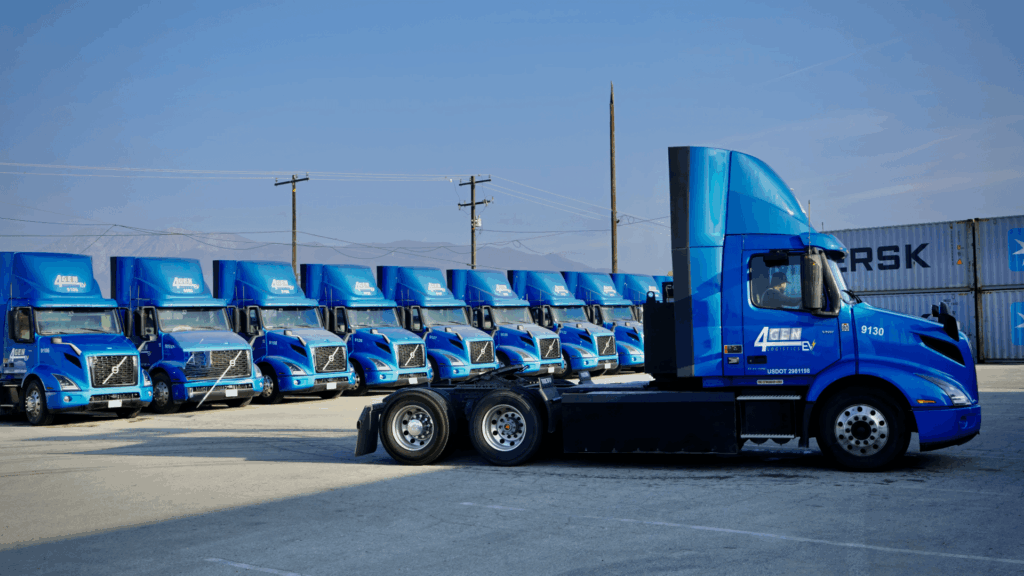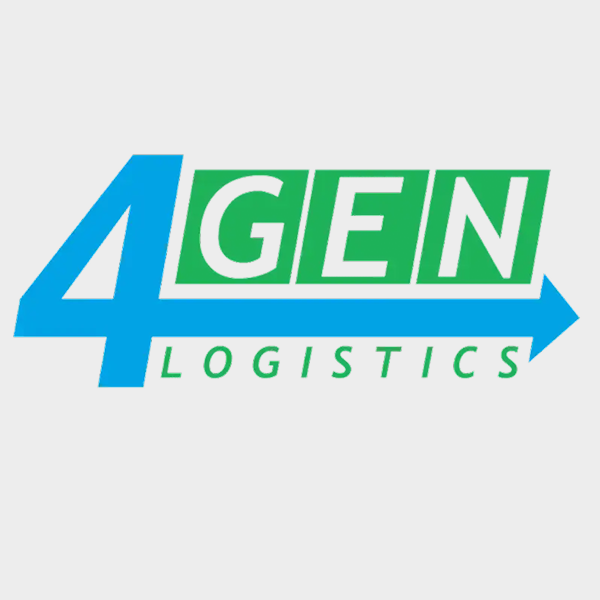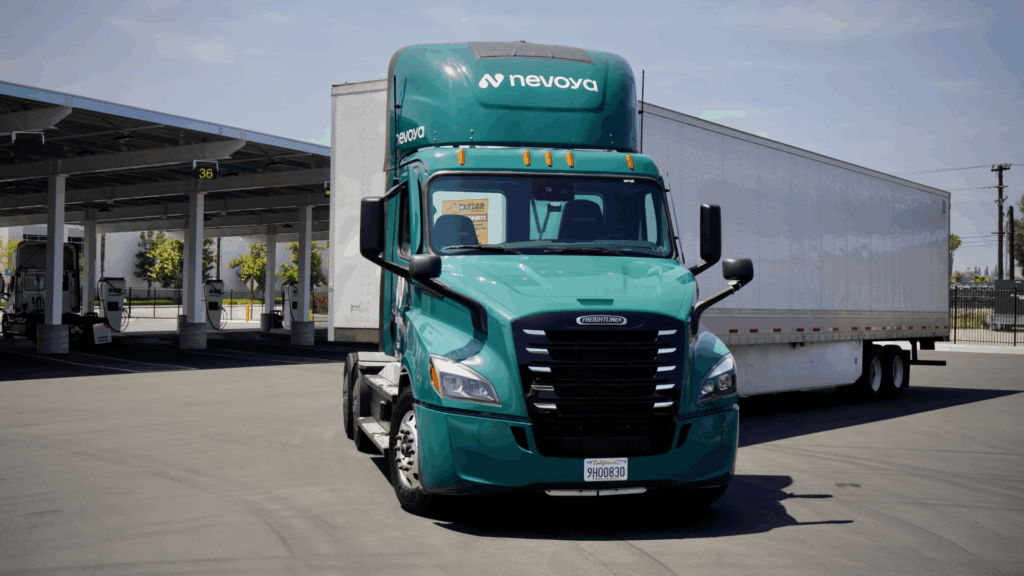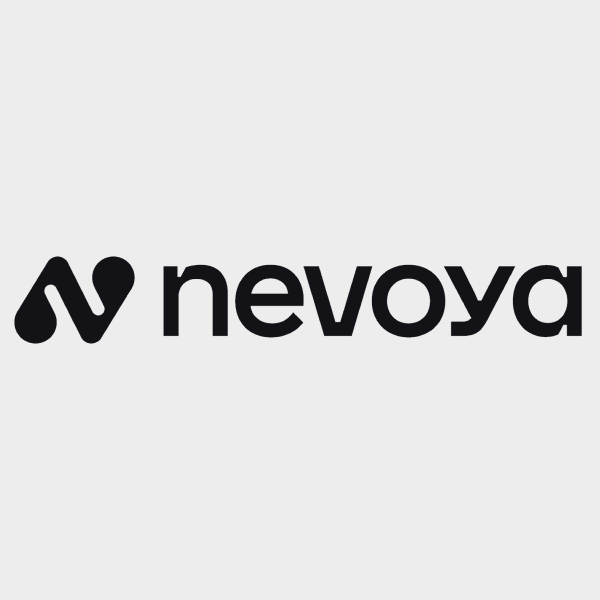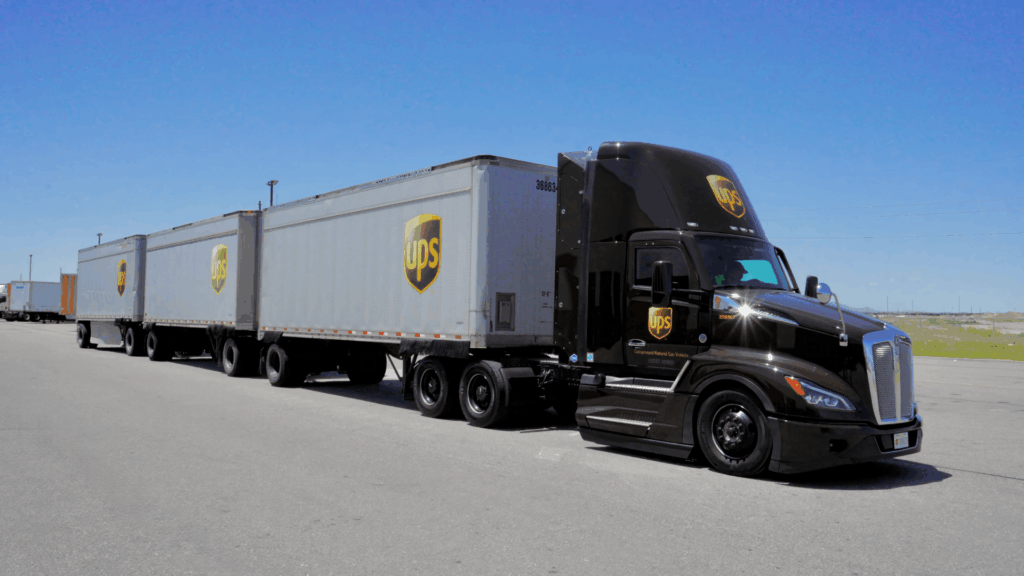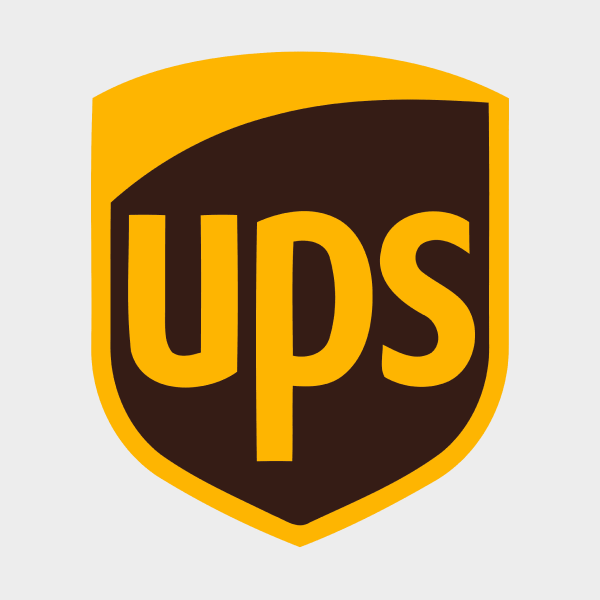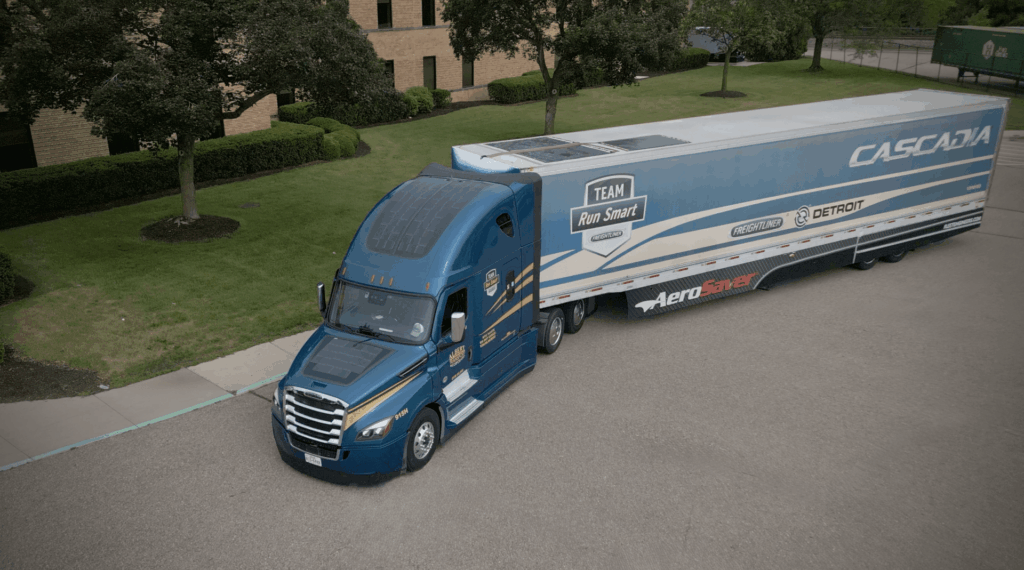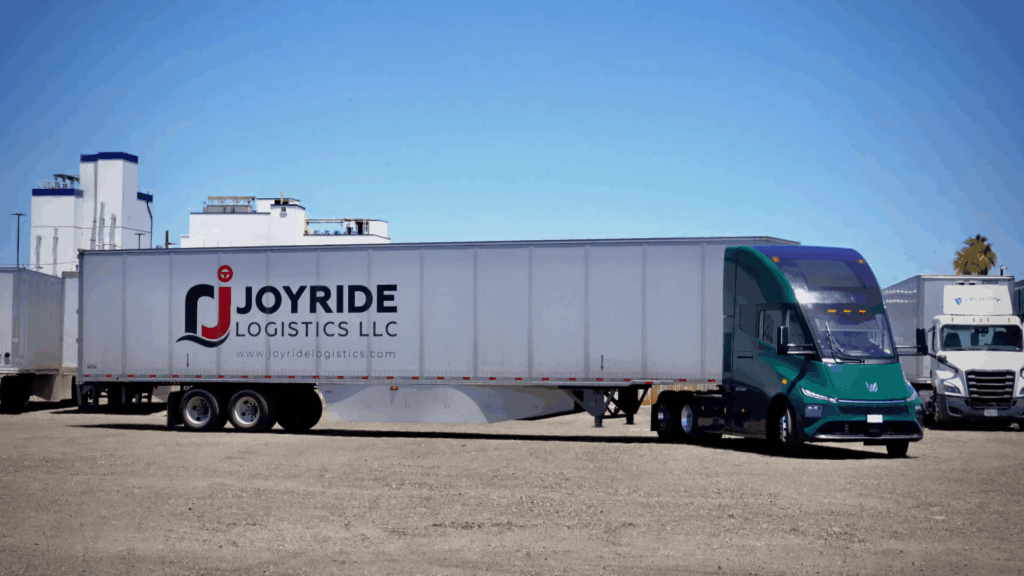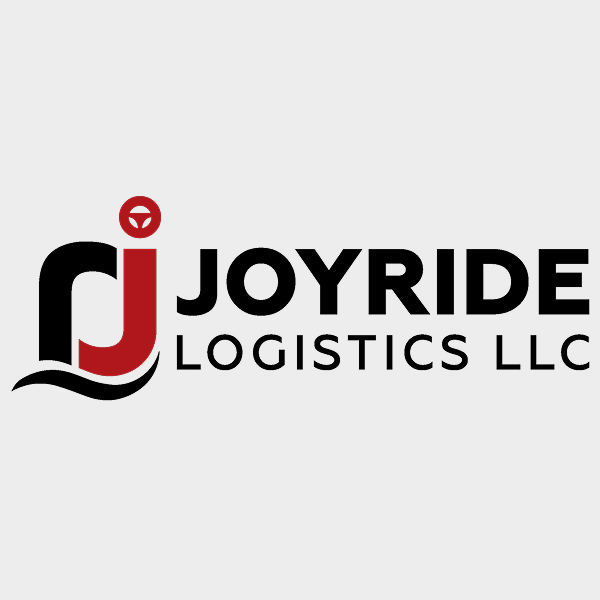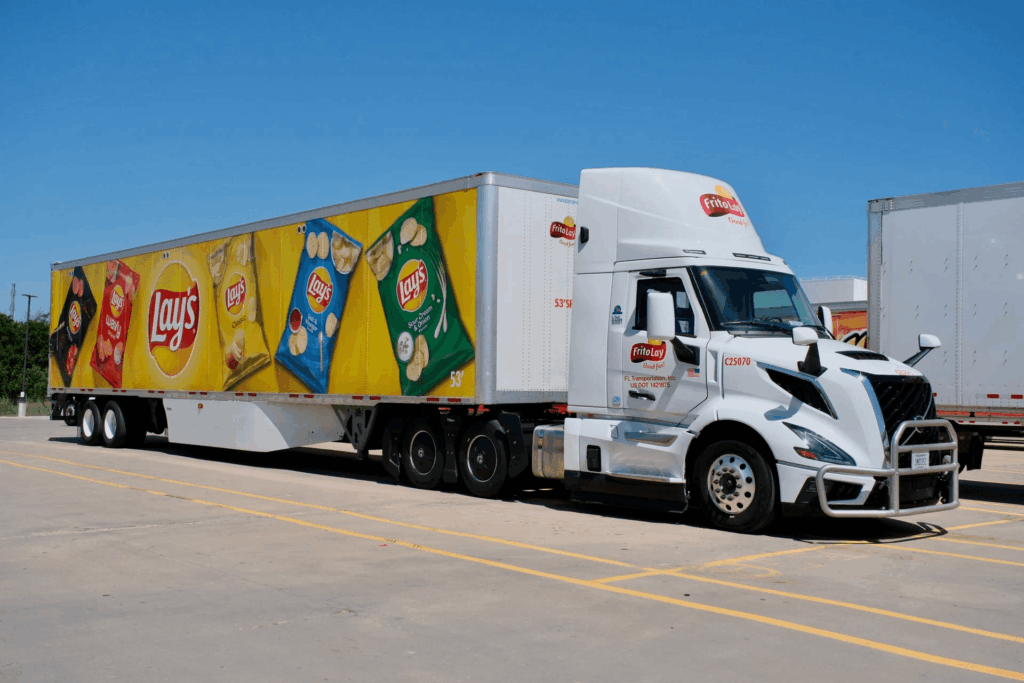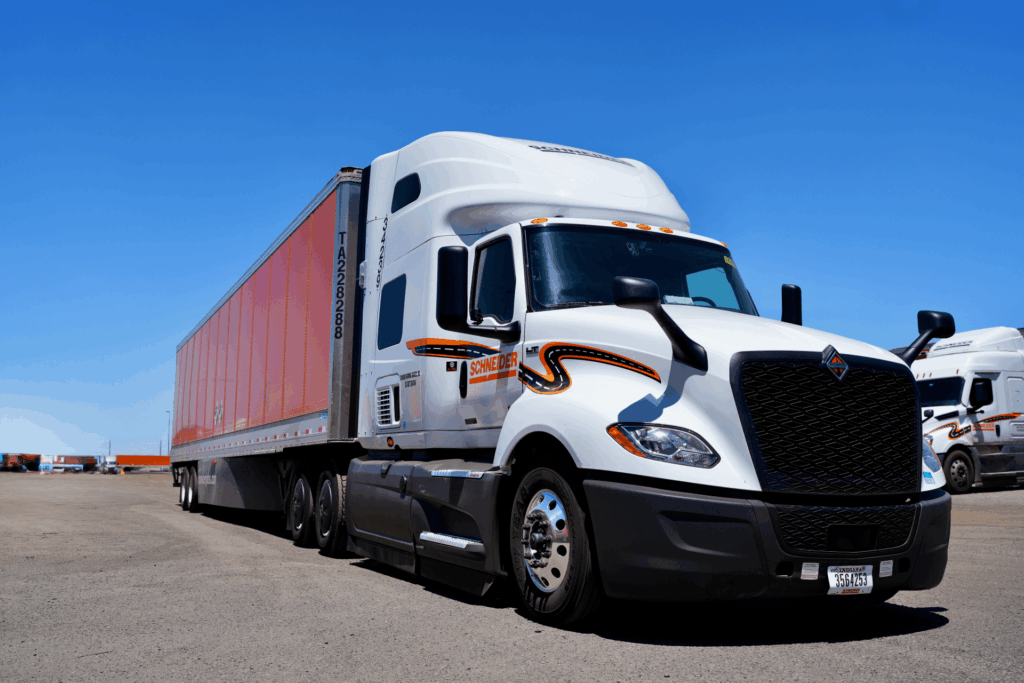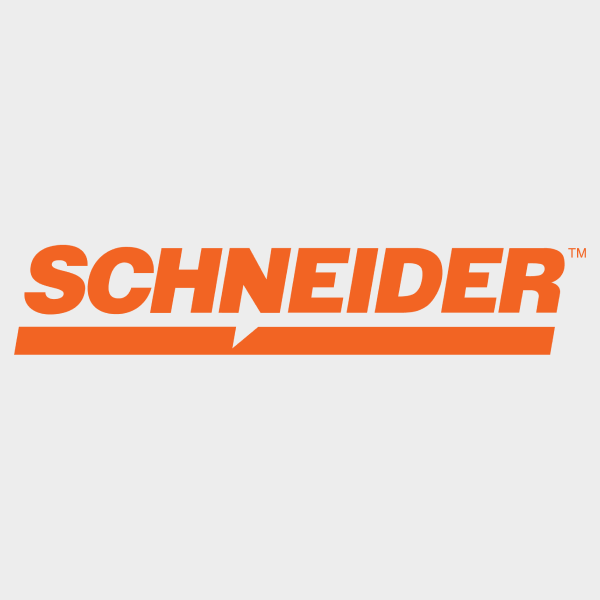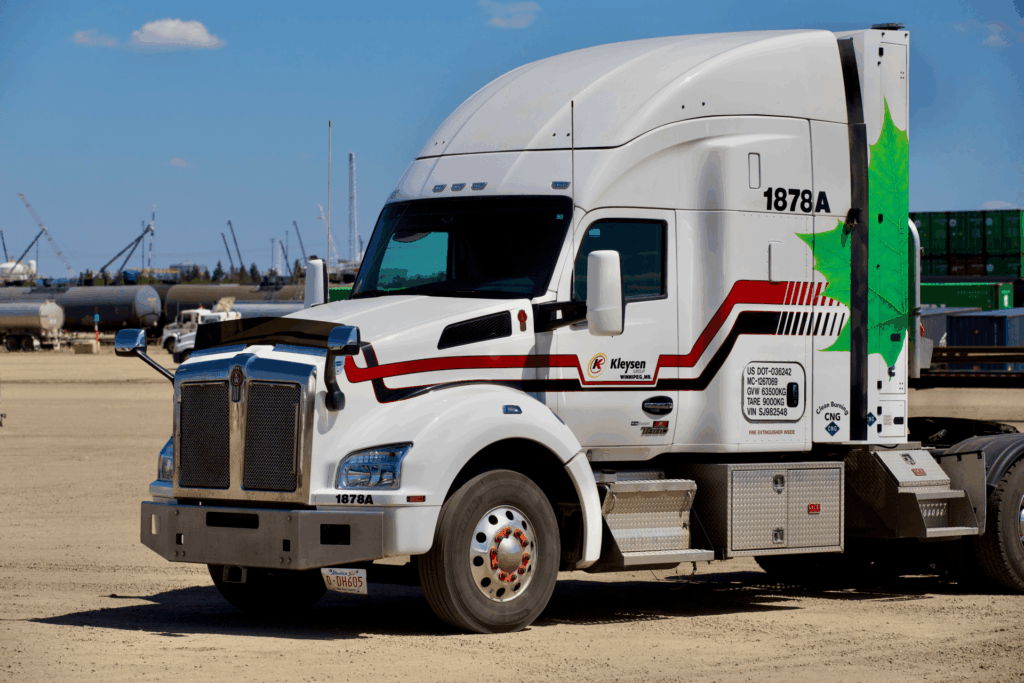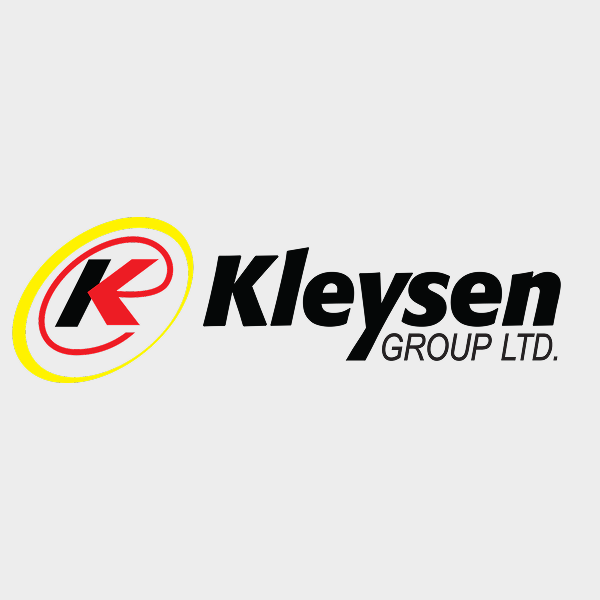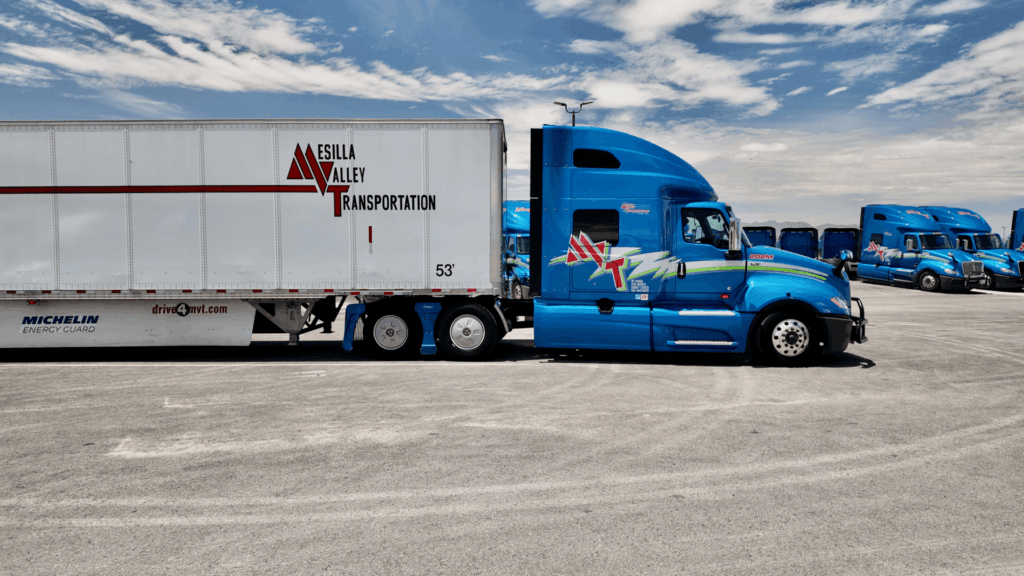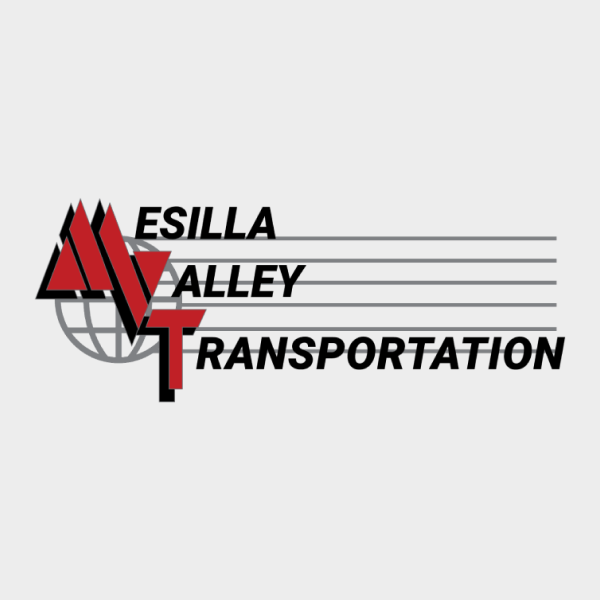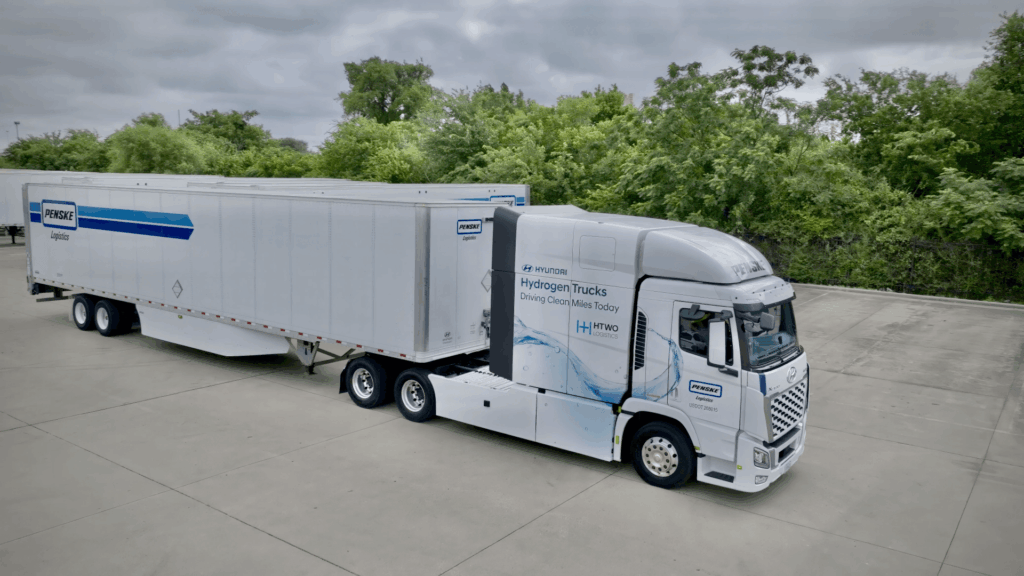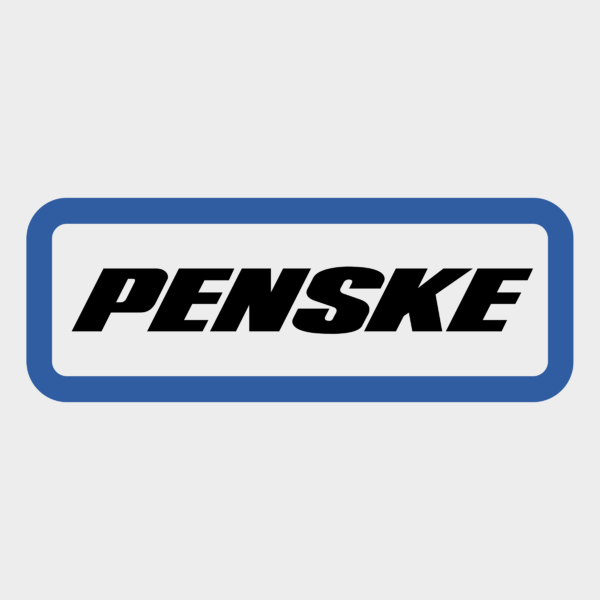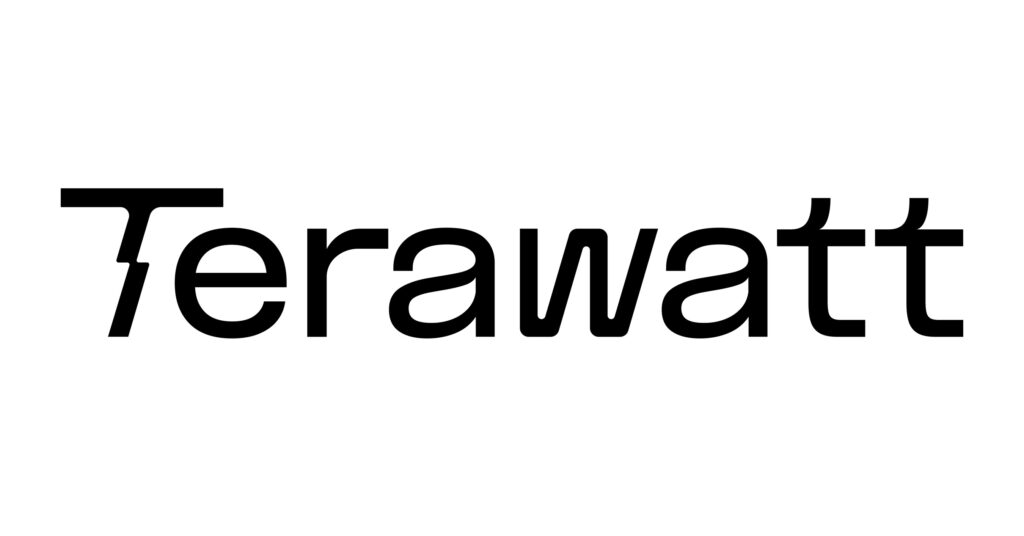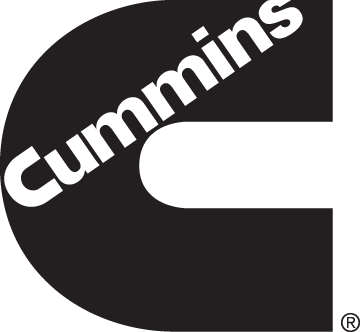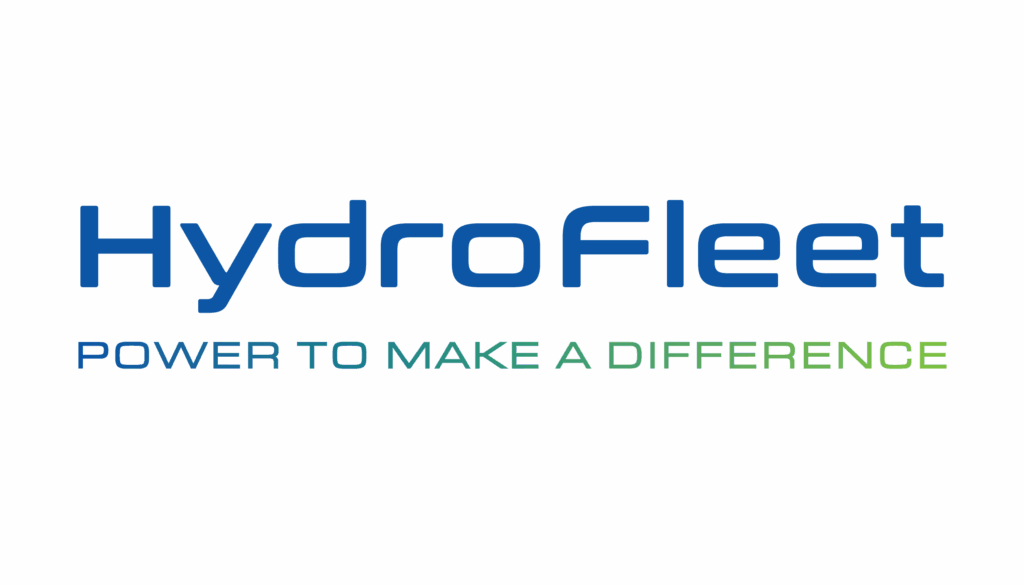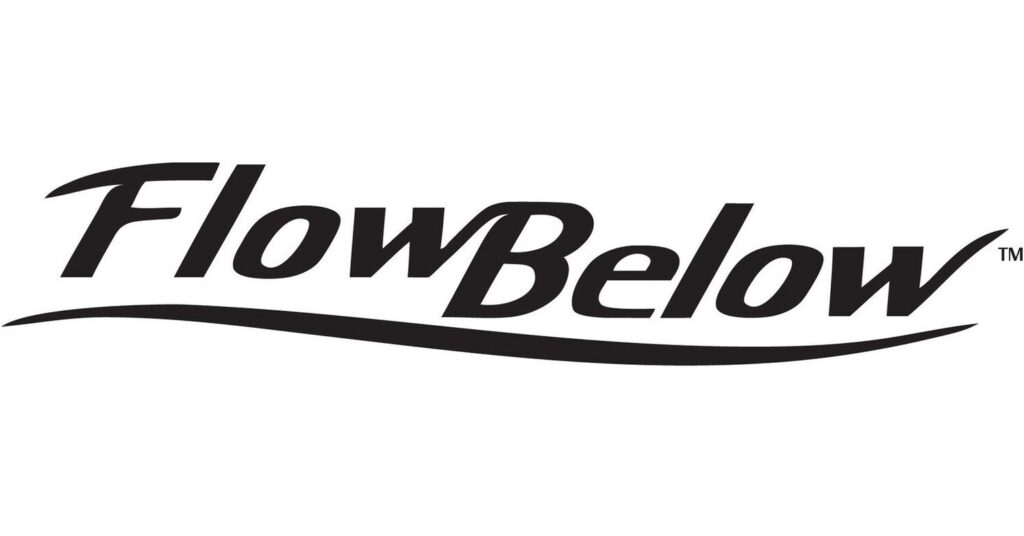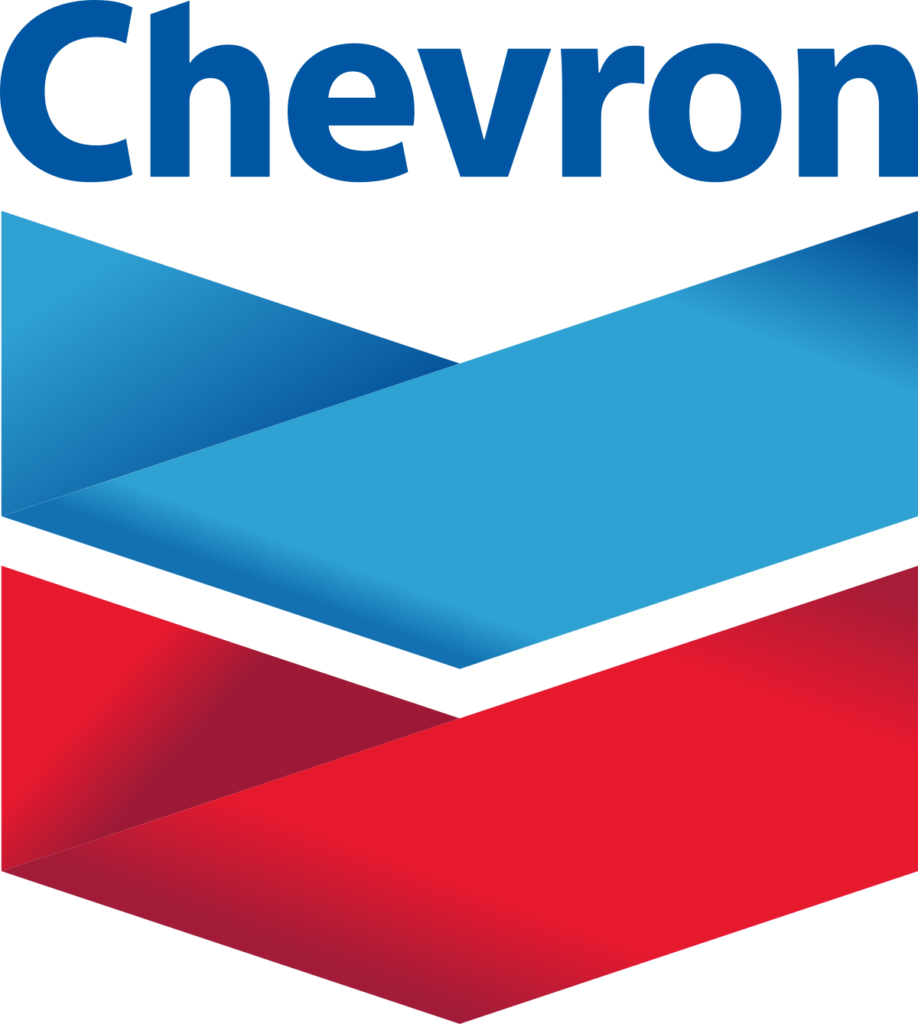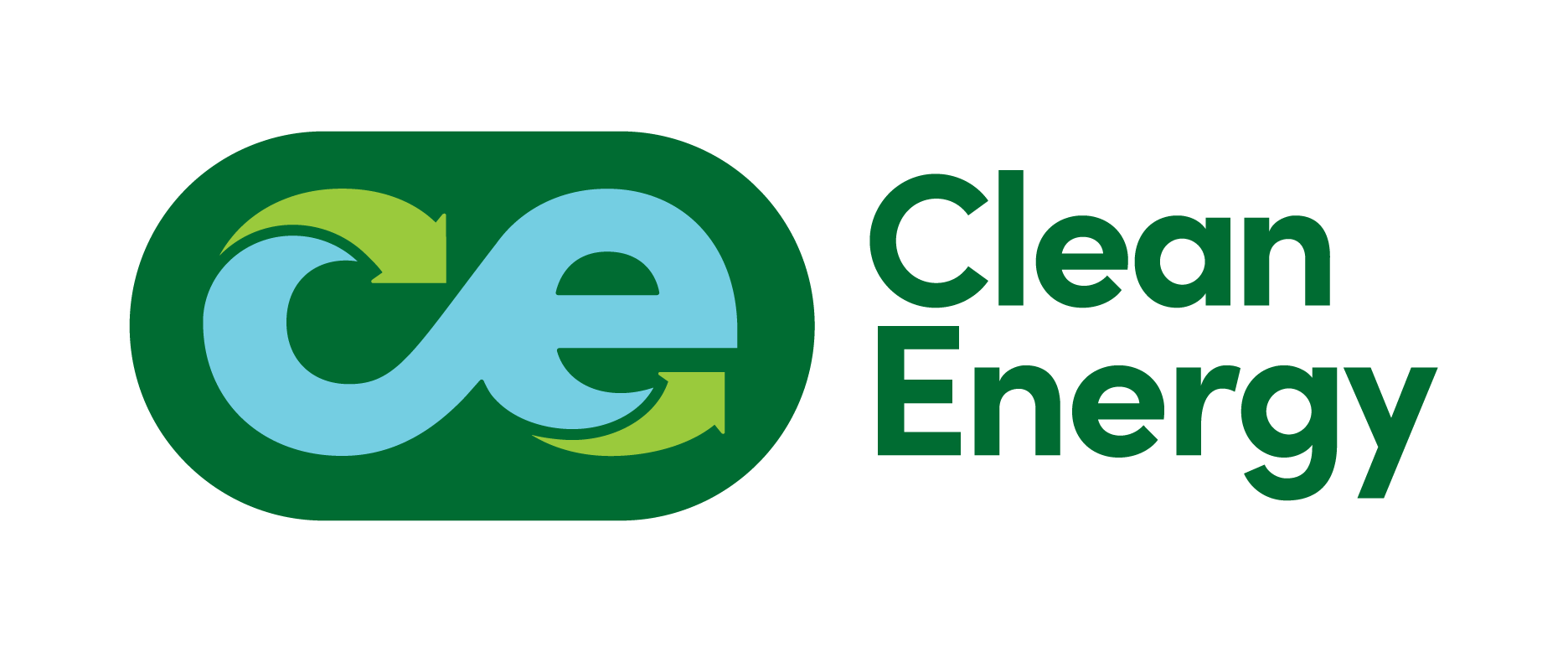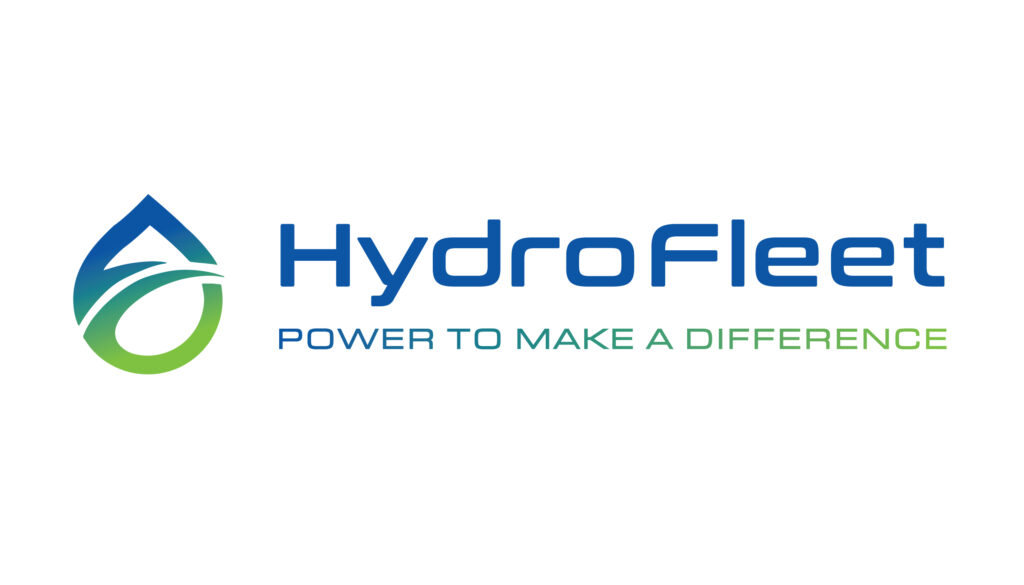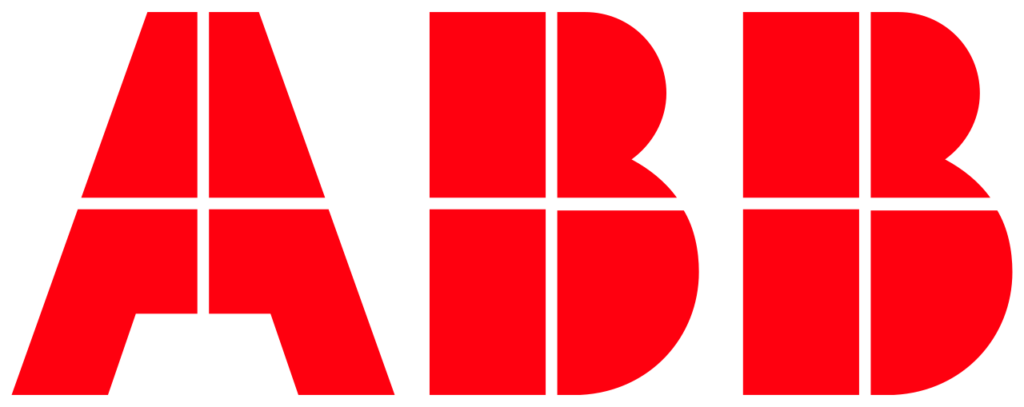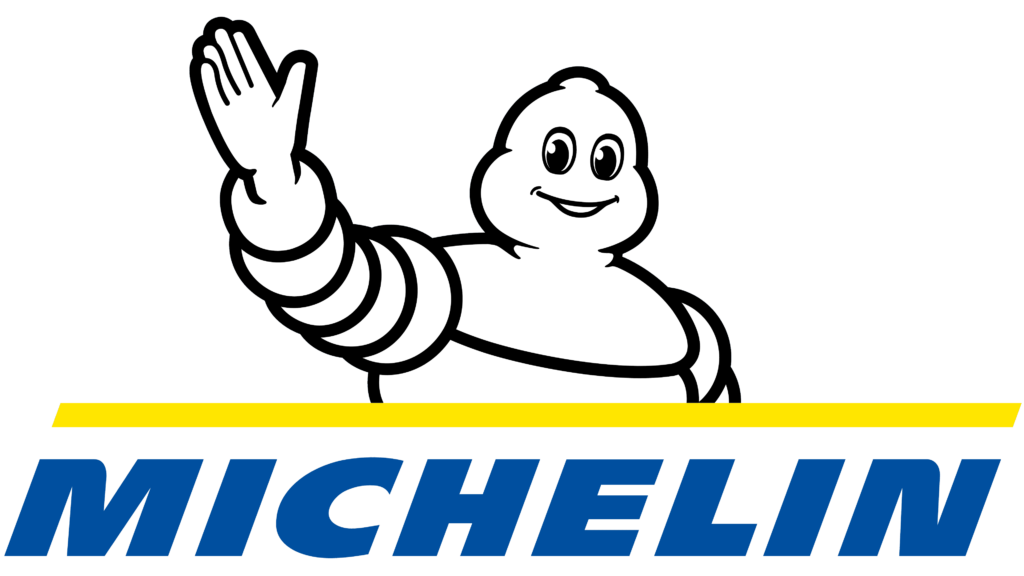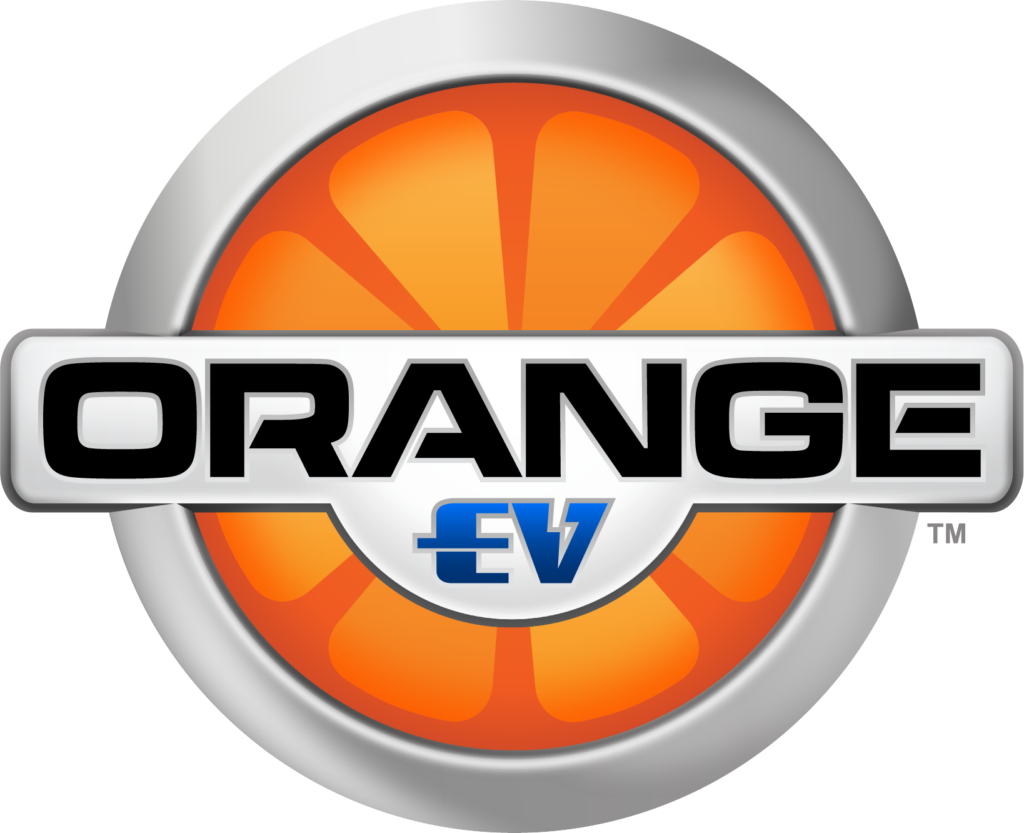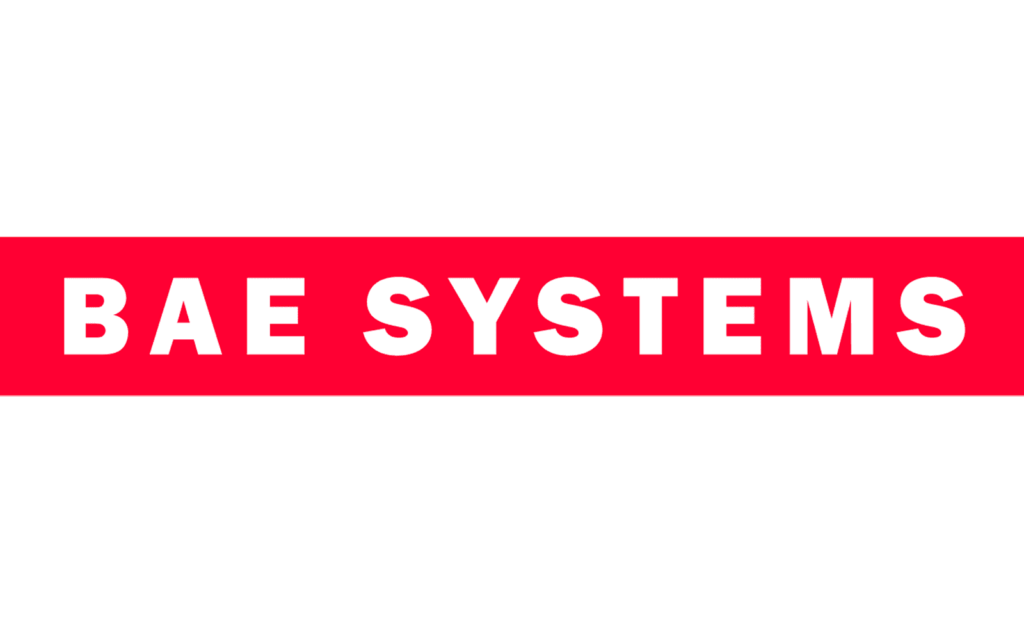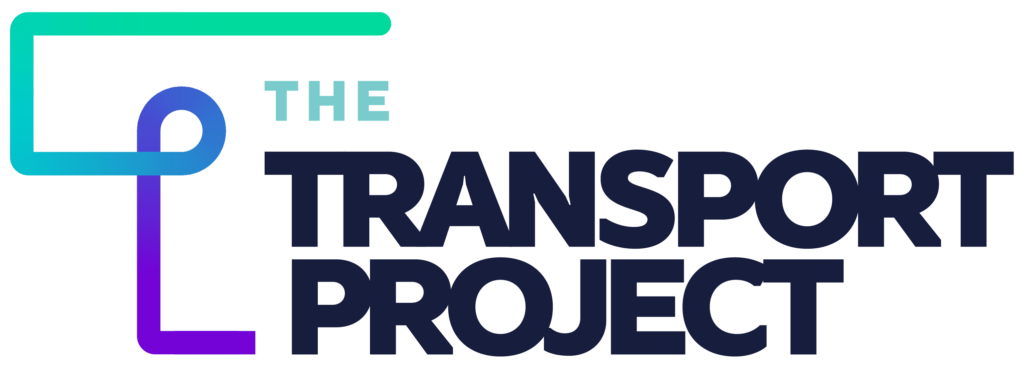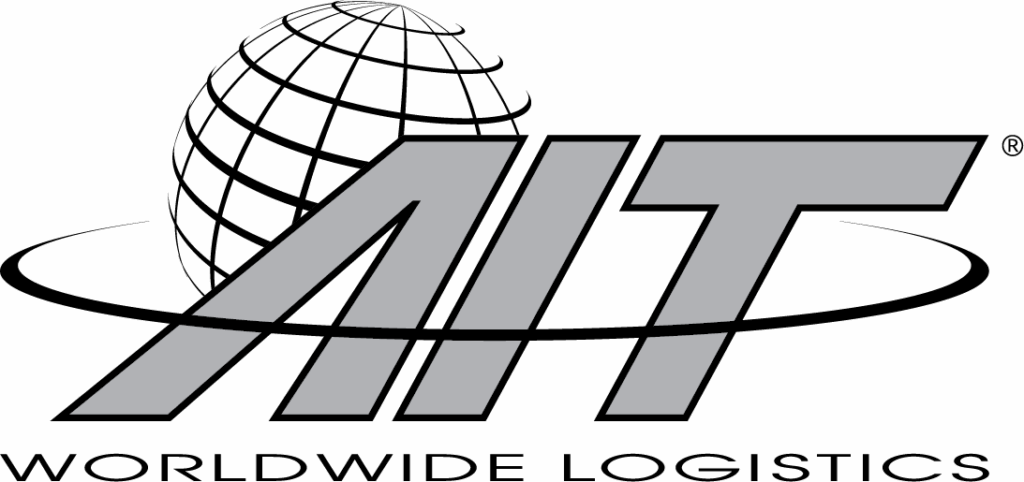Diesel Drop-In Alternatives: Ultra-Low Sulfur, Bio-, and Renewable
In today’s long-haul industry, fleets are exploring fuel and technology solutions that will reduce or eliminate their tailpipe emissions. The advances and regulations around diesel, renewable diesel, and biodiesel have kept this historic fuel as a strong choice for fleets looking to reduce emissions with limited equipment overhaul or upgrades. Experts in this session will discuss how diesel and its drop-in alternatives can continue to play a role in the Messy Middle.
Join this one hour webinar to:
Understand the differences among biodiesel, renewable diesel, and fossil diesel in composition, emissions, production, and more.
Learn how fuel availability can impact decision-making.
Discover how on-market and market-ready fuel efficiency practices paired with diesel fuel can impact fleets’ tailpipe emissions.
Explore what current and future regulations, like the EPA 27 Low NOx Rule, could mean for further technology development.
Bootcamp speakers include:
Resources
- Biodiesel Handling and Use Guide (U.S. Department of Energy)
- 2023 Biodiesel Quality Annual Reports (NREL)
- Alternative Fuels Data Center – Alternative Fuel Station Locator (U.S. Department of Energy)
- OEM Support Position (Clean Fuels Alliance America)
- What is PC-12? (Shell)
- Linking Lubricants to Improved Fuel Economy and Reduced CO2 Emissions (Shell)
- Shell Starship Initiative (Shell)
- Immediate Decarbonization of Class 8 Trucking (Optimus Technologies)
- Learn More About Fleet Performance (ExxonMobil)
- Learn More About Benefits of Synthetic Oil (ExxonMobil)
- Moving Forward: Planning the Journey to Lower Emission Commercial Diesel Fleets (ExxonMobil)
The Future
Our fifth Story from the Run video focuses on the future of the trucking industry and how technology will advance.
Decarbonizing with Natural Gas
Natural gas has maintained a consistent and mature alternative fuel market presence that affords many fleets lower tailpipe emissions. With advances in natural gas blends, combustion techniques, and supply, natural gas has the potential to offer a carbon negative solution for fleets. In this session, experts will highlight how fleets have seen success in adopting natural gas-based solutions and what the buzz about renewable natural gas is all about.
Join this one hour webinar to:
Learn the differences among natural gas blends and formulations.
See how fleets have successfully deployed natural gas in their operations.
Explore the advances in natural gas engine technologies and what they mean for efficiency.
Look to the future of traditional and renewable natural gas sourcing and supply and what it may mean for fleets.
Bootcamp speakers include:
Resources
- Meeting the Methane Challenge Report (Energy Vision)
- Sustainability: Powering Progress with Natural Gas (Paper Transport)
- Better Than Zero: Achieve a carbon-negative transportation outcome today with renewable natural gas (The Transport Project)
- Decarbonize the Road Ahead with Renewable Natural Gas (The Transport Project)
- Decarbonizing California Fleets with Renewable Natural Gas Transportation (The Transport Project)
- Natural Gas ebook (Cummins)
- Natural Gas’ Role in Decarbonizing Trucking (NACFE)
- A Path to a Healthier America: Ditching Old Diesel Trucks (Energy VIsion)
Future Prices & Availability of Existing Infrastructure: What’s Next?
Diesel and natural gas benefit from not only advancements in sourcing renewable options but also from mature infrastructure and established supply chains. This session sets out to explore how infrastructure considerations affect diesel and natural gas user options, and understand opportunities and limitations given new sourcing models.
Join this one hour webinar to:
Learn about the availability and distribution methods for natural gas, diesel, and their drop-in alternatives.
Understand the economics of infrastructure considerations when exploring diesel and natural gas as long-term solutions.
Learn about the economics of fuel price variability and the differences between the cost of these fuels.
Explore how well-to-wheels emissions play a role in calculating a fuel’s environmental impact.
Bootcamp speakers include:
Resources
- Carbon Markets Snapshot Signup (EcoEngineers)
- Renewable Natural Gas Projects & Policy (RNG Coalition)
- The National Voice for the Natural Gas Vehicle Industry (The Transport Project)
- Fleets (Clean Energy)
- A Comparison of the Life-Cycle Greenhouse Gas Emissions of European Heavy-Duty Vehicles and Fuels (ICCT)
- Alternative Fueling Station Locator for Compressed Natural Gas (U.S. Department of Energy)
- Alternative Fueling Station Locator for Renewable Diesel (R20 and Above) (U.S. Department of Energy)
The Current State of HD BEV: Technologies and Capabilities
While battery electric vehicles have maintained popularity among light- and medium-duty vehicles, larger questions exist around the viability of battery electric trucks for heavy-duty, long-haul applications. In this session, experts will review the market availability of long-haul-specific operations.
Join this one hour webinar to:
Understand the differences between market-ready technologies for long-haul applications compared to other applications.
Explore the current status of key state, federal, and regional adoption trends.
Discover heavy-duty battery electric truck capabilities.
Bootcamp speakers include:
Resources
- Volvo LIGHTS Project Information (Volvo)
- CALSTART Funding Finder (CALSTART)
- About Tesla Semi (Tesla)
- Tesla Heat Pump | More Range in Cold Weather (Video) (Tesla)
- Jay Leno Hauls Tesla Semi with Tesla Semi, Jay Leno’s Garage (Video) (Tesla)
- Run on Less – Electric (NACFE)
- Run on Less – Electric DEPOT (NACFE)
Total Cost of Ownership
Our third Story from the Run video focuses on TCO and its importance in selecting the right powertrain solution for your fleet.
Messy Middle Bootcamp
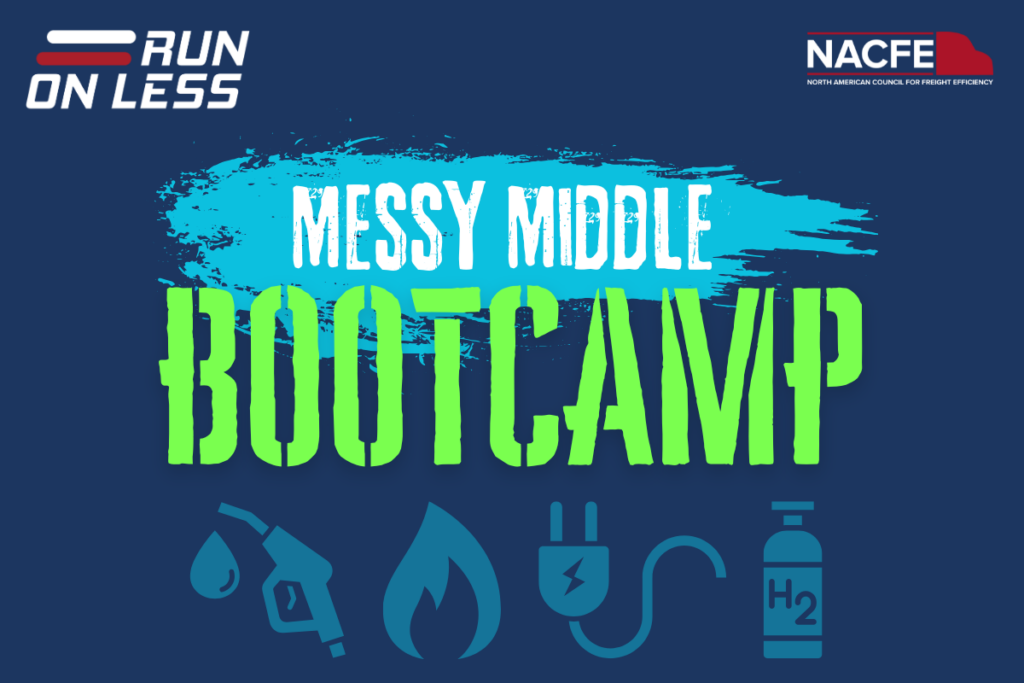
The Messy Middle Bootcamp is an educational series hosted by the North American Council for Freight Efficiency (NACFE), RMI, and ACT News for fleet managers, industry members, policymakers, regulators, and more. The Bootcamp will feature the educational sessions our audience has come to know and love split into three distinct units.
At the end of each unit, attendees will be invited to attend a two-hour workshop where NACFE members and other industry experts will cover what was discussed in the previous sessions and look beyond what we covered in the sessions. The Messy Middle Bootcamp is designed to bring the industry together to explore real-world solutions that can be deployed now and in the future on the quest to reduce emissions and operate in the most efficient manner possible.
Audience members participating in this year’s bootcamp can expect:
- Dynamic presentations and discussions about the industry’s current and future alternative fuel options,
- Educational opportunities for decision-makers at all stages of alternative fuel expertise,
- Resources to take your knowledge of alternative fuels beyond what the Bootcamp provides,
- Representation from fleets, OEMs, infrastructure providers, regulators and more bring context to each session and workshop.
The Messy Middle Bootcamp will be conducted via virtual sessions held biweekly from February through July 2025 leading up to the Run on Less – Messy Middle demonstration. The Bootcamp is free to attendees thanks to the generous support of Run on Less – Messy Middle sponsors. Each session will be recorded and available for viewing via the links below after each session is completed. The workshops at the end of each unit will only be available to participants who attended at least one of the corresponding unit sessions.
Attendees can demonstrate comprehension of the material by taking an online quiz that will be made available immediately after each session. For each successfully completed quiz, attendees can submit their contact information to enter a drawing for a small, medium or large Run on Less – Messy Middle swag bag. Each successfully completed quiz will count as one entry. Instructions for how to submit your information will be available immediately after you complete each quiz. The drawings for the swag bags will take place after the Run on Less – Messy Middle Bootcamp is completed.
Those who complete all of the quizzes can submit their contact information to receive a free Run on Less – Messy Middle trucker hat.
Participation in the quizzes is not required for participating in the Bootcamp sessions.
For any additional Bootcamp questions, please contact Rachel Ellenberger.
Strategizing Successful HD BEV Adoption
Battery electric trucks have experienced a surge of adoption in recent years for a variety of reasons, including incentives, use case, and fleet creativity. Because battery electric trucks have been in operation for some time, fleets can now share their experiences with these vehicles. Fleets in this session will tell their adoption stories and share how their experiences could impact future adoption.
Join this one hour webinar to:
Learn about the best duty cycles to fit the current market offerings for battery electric trucks.
Understand how to develop performance expectations for battery electric trucks.
Discover new fleet operation models to set yourself up for successful adoption.
Understand how regulations and regional availability may impact fleets’ abilities to adopt battery electric trucks.
Bootcamp speakers include:
Resources
- JETSI California Battery-Electric Truck Fleet Tool Kit (NFI)
- Press Release: Purolator Releases 2023 Sustainability Report (Purolator)
- The Key to Reducing Your Fleet’s TCO? A Living Energy Roadmap (truCurrent)
- A Focused Approach to Corporate Responsibility (Schneider)
- Electric Truck Depots Are Evolving: How 10 Fleets Grew Their BEV Populations (NACFE)
- Run on Less – Electric DEPOT: Scaling BEVs in the Real World (NACFE)
Participants
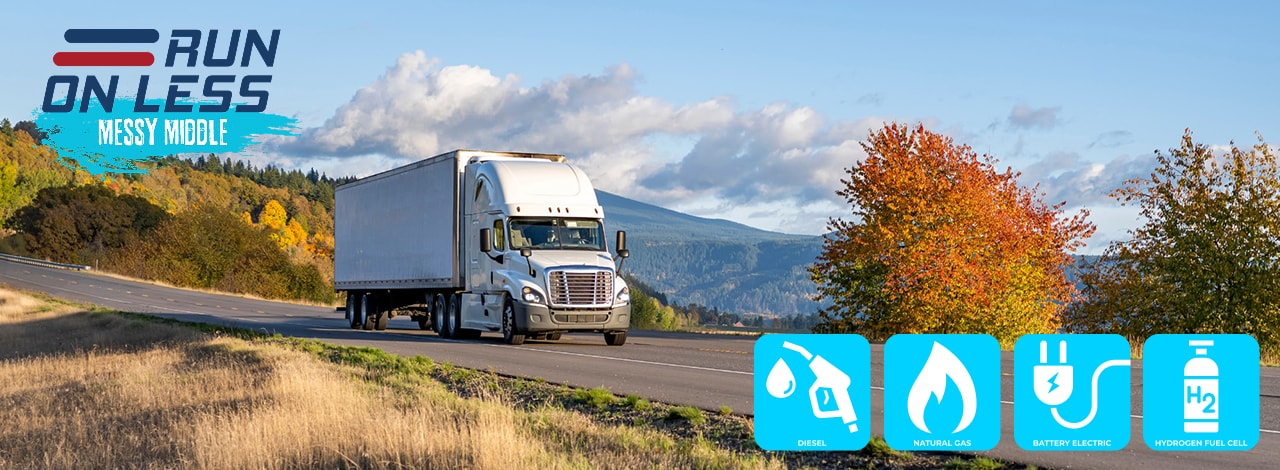
This fall 13 fleets will take part in the North America Council of Freight Efficiency’s (NACFE) Run on Less – Messy Middle, a real-world demonstration to bring clarity to long-haul trucking.
“The Messy Middle is a time when fleets can choose from a variety of powertrain solutions and other efficiency enhancing technologies,” says Mike Roeth, NACFE’s executive director. “In this, our fifth Run, we are featuring tractors powered by diesel, natural gas, batteries and hydrogen fuel cells. These four powertrain solutions represent currently available options for fleets today.”
The following fleets are participating in Run on Less – Messy Middle.
The three-week Run will begin on September 8, 2025, and will feature metrics from data captured by Geotab telematics devices. Geotab is NACFE’s official telematics/data partner for the Run.
Charging Depots, Networks & the Economics of Fleet Electrification
Battery electric truck adoption needs reliable, resilient, and convenient charging infrastructure, both onsite at fleet depots and along popular trucking corridors. While there have been incentives and programs to help spur infrastructure development, charging networks will be strategically deployed in phases. Experts in this session will discuss best practices for depot development and begin exploring opportunities to build out charging networks beyond available government incentives.
Join this one hour webinar to:
Learn best practices for fleet charging depot development.
Explore the economics of optimized charging at fleet depots.
Listen to thought leadership on how to sustainably build charging infrastructure networks.
Understand the strategies for charging corridor development.
Bootcamp speakers include:
Resources
- Smart Freight Centre Press Release: I-10 Shipper-Carrier Coalition Adds New Members (CH Robinson)
- Press Release: Greenlane Opens Flagship Charging Hub in SoCal, Advancing Zero-Emission Freight on I-15 (Greenlane)
- Greenlane’s Charging Technology for Optimizing Energy Distribution (Greenlane)
- North America’s Largest Heavy-Duty EV Charging Hub Powered by Microgrid (Prologis)
- How to Get the Most Value Out of Class 8 EV Trucks Today (Terawatt)
- Charging Forward with Electric Trucks (NACFE)
The Importance of Data
Our first Story from the Run video focuses on the increasing importance of data. Fleets can leverage data to improve efficiency and make the correct decision about the best powertrain for their operation.
The Production Processes of Hydrogen Fuel
Hydrogen as a truck fuel has become a hot topic in the long-haul freight industry. While there have been quite a few advancements in hydrogen production in the last few years, questions still remain around its sustainability and wide-spread adoption. Experts in this session will cover the basics of the hydrogen molecule, its production processes, and its carbon intensity.
Join this one hour webinar to:
Learn where hydrogen is being produced and used today.
Understand why hydrogen is being looked at as a long-haul fuel source.
See the benefits and challenges of the various methods of producing hydrogen.
Look to the future of hydrogen production and availability.
Bootcamp speakers include:
Resources
- Hydrogen Trucks: Long-Hauls Future? (NACFE)
- Guidance Report: Making sense of Heavy-Duty Fuel Cell Tractors (NACFE)
- U.S. National Hydrogen Strategy and Roadmap (U.S. Department of Energy)
- Technology Update: Detailed Analysis of Balance of Plant Components Required for Electrolysis (LCRI, EPRI, GTI Energy)
About Run on Less – Messy Middle

A real-world demonstration to decarbonize Class 8 long-haul trucks — the 9% of the market that contributes 48% of the emissions.*
The fifth Run on Less event — Run on Less – Messy Middle — is focusing on heavy-duty Class 8 trucks, both sleepers and day cabs, in the long-haul return-to-base and over-the-road duty cycles.
The Run is focusing on the multiple powertrain solutions currently available to fleets, including battery electric, hydrogen fuel cells, renewable natural gas, and renewable and bio diesel.
The goal of the Run is to explain the various alternative powertrain options and investigate the need for infrastructure changes to accommodate alternative-fueled vehicles.
Thirteen fleets are participating in Run on Less – Messy Middle to share what they are doing to decarbonize their operations. As in previous Run on Less demonstrations, the technology is either commercially available or representative of the vehicle manufacturer’s plans.
While long-haul represents a small portion of the total trucking industry, it contributes a significant portion of emissions. If we are going to decarbonize trucking, we need to better understand the options available to fleets operating in that duty cycle and help them determine the powertrain solution that is best for their specific application.
If you are interested in becoming a Run sponsor, please contact Mike Roeth, NACFE’s executive director, at mike.roeth@nacfe.org or 260-750-0106.
* According to NREL’s report, Decarbonizing Medium- & Heavy-Duty On-Road Vehicles: Zero-Emission Vehicles Cost Analysis
Moving Hydrogen from Here to There: The Distribution and Storage of Hydrogen Fuel
With wider scale adoption of hydrogen comes answering difficult questions about the storage and distribution of the fuel. Transportation processes, responsibility, on-site supply, and other considerations must be made for hydrogen to be a viable fuel source for long-haul trucking. In this session, experts will discuss the current state of the hydrogen fuel distribution and storage ecosystem and what advancements need to be made to further industry adoption.
Join this one hour webinar to:
Understand the current state of storage processes for hydrogen fuel in liquid and gaseous statesFull fuel cycle GHG-reduction benefits of SAF per current and future production pathways.
Learn about the various methods for transporting hydrogen fuel.
Learn about the requirements and challenges of hydrogen fuel storage and distribution.
Explore the challenges around currently limited infrastructure.
Bootcamp speakers include:
Resources
- Hydrogen 101 (SHEA)
- Hydrogen Resources (SHEA)
- Hydrogen | Shell Global (Shell)
- ADS (Air Liquide)
- ACT 2025 (Air Liquide)
- What is hydrogen? (The Transport Project)
- Hydrogen Trucks: Long-Haul’s Future? (NACFE)
The Opportunities and Challenges of Selling Hydrogen to the Industry
For hydrogen to be considered a viable fuel choice for long-haul operations, both hydrogen and the vehicles that use it need to be priced competitively vs. alternatives. Because the industry is relatively new, the total cost of ownership for hydrogen trucks is difficult to calculate: Regulations, safety considerations, storage requirements, fuel and vehicle availability, as well as other system components are all in flux. Experts in this session will highlight the opportunities and challenges of using hydrogen fuel for trucks, the best use cases, and what is needed for hydrogen to become competitive.
Join this one hour webinar to:
Learn about the regulations and safety requirements for selling hydrogen fuel
Listen to fleet and OEM perspectives on the prospective competitive advantages of hydrogen as a fuel
Understand the various vehicle and power considerations that will impact how hydrogen fuel and vehicles are sold
Explore how the hydrogen supply chain and price at the pump impacts the TCO of hydrogen vehicles.
Bootcamp speakers include:
Resources
- Transition to cleaner power with hydrogen engines (Cummins)
- XCIENT Fuel Cell US Website (Hyundai)
- Hyundai Motor Unveils the New XCIENT Heavy-Duty Fuel Cell Truck at ACT Expo 2025 – Hyundai Newsroom (Hyundai)
- Carbuzz: We Drove the Semi Truck That’s Cleaner than an Elantra and Quieter than a Prius (Hyundai)
Metrics

